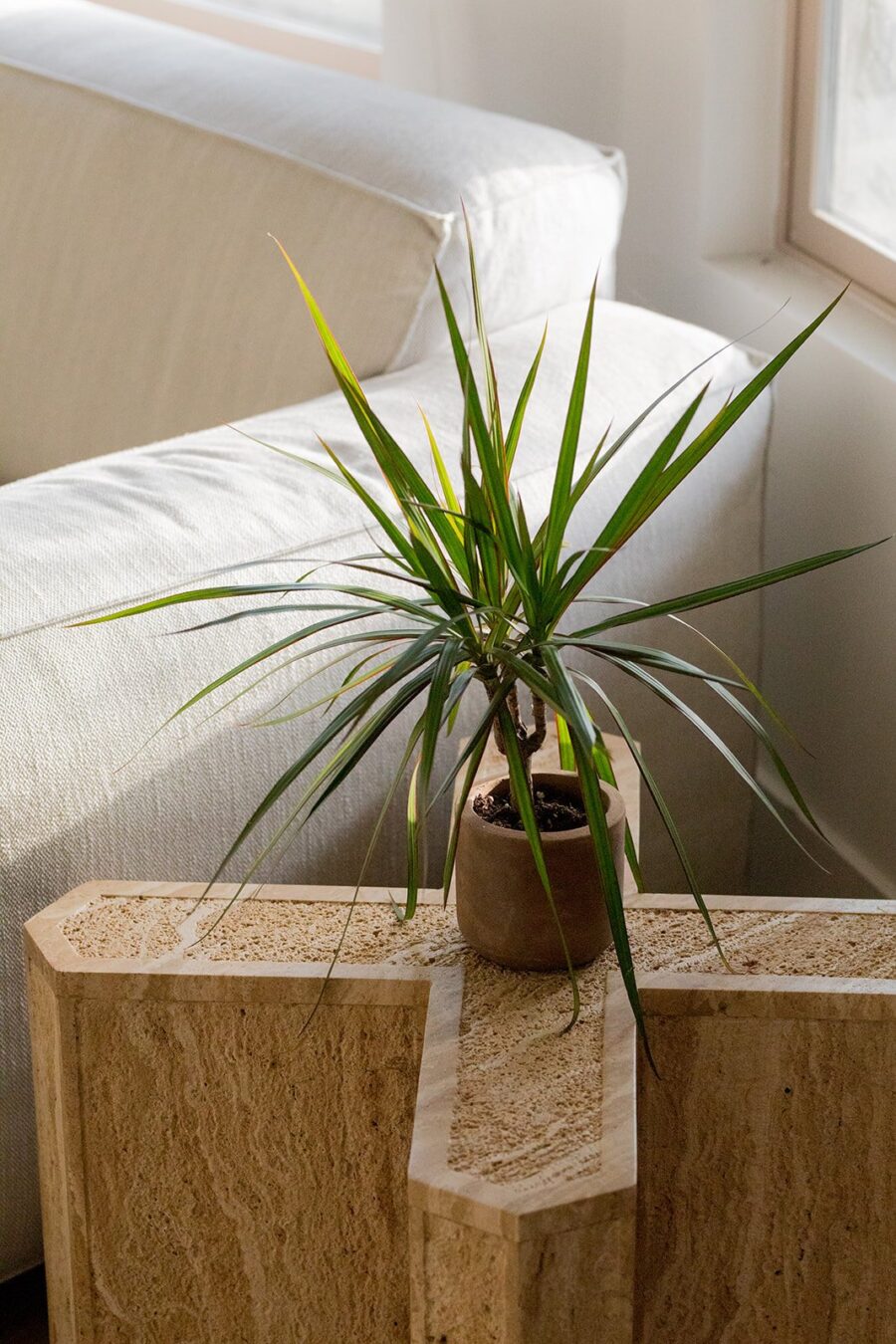
Here’s How To Make Your Houseplant Habit Even “Greener”
Getting To The Root Of The Peat Controversy
As an environmentalist, I believe our relationship with the natural world is one of the most sacred. And while having access to green spaces isn’t always available to everyone equally, houseplants allow us to bring nature indoors. The industry is on the rise, too—there are currently 11.5 million houseplant hashtags on Instagram and houseplant sales in the US are almost at two billion dollars.
For me, having houseplants is a form of self-care, and it makes my space feel more like home. Studies show that plants such as aloe vera, spider plants, and snake plants can purify our air and help with psychological and physiological stress. I recently moved into a new space with a sunroom, where I’ve set up my plant wall, and I plan to use it as my cozy relaxation place.
“How are houseplants grown? And is the industry sustainable?”
But while becoming a plant parent has become a real joy of mine and millions of others, I often wonder how sustainable the practice is with this increase in demand. It raises some questions, like: How are houseplants grown? And is the industry sustainable?
Are Houseplants Sustainable?
When becoming plant parents, we tend to forget about the journey of our plants. But it’s important to consider their entire lifecycle, including how they are grown.
Houseplants are often grown using peat moss harvested from peatlands, a type of wetland and one of the most valuable ecosystems on Earth. These areas resemble a bog-like environment and are located primarily in northern Europe, North America, and Southeast Asia. Peatlands cover about three percent of Earth’s land surface; they preserve biodiversity, provide safe drinking water, can minimize climate change, and sequester gigatonnes of carbon dioxide annually. Moreover, their bog-like environment causes vegetation to die and partially decompose. This results in peat moss, a product used for various industries, including for houseplants.
While peat can offer benefits for houseplants—it loosens the soil, stores more water, and makes the soil more permeable—it’s not necessary for growth. In fact, peat lowers pH value in the soil and can be too acidic for many plants. It also absorbs moisture poorly and increases the risk of waterlogging, which means roots will sit in water and rot.
“Harvesting peat also releases millions of tons of carbon dioxide into the atmosphere.”
Harvesting peat also releases millions of tons of carbon dioxide into the atmosphere. It’s extremely flammable, similar to gas and diesel, and peat bogs only grow 0.2 inches per year; it can take 1000 years to produce a yard full of peat. Houseplants can burn through it very quickly, causing us to use peat at an unsustainable rate.
Despite these concerns, plant growers continue to use peat because it’s cheap. Since many folx don’t know about peat-free composts—coconut coir, perlite, and charcoal, for example—these alternatives aren’t in high demand.
Thankfully though, we’re beginning to learn about the consequences of using peat. The #PeatFreeApril movement, for example, is growing, and demands for peat-free compost have been higher in the first three months of 2021 than all of 2020. The National Trust is launching peat-free indoor plants, too, and the Royal Horticultural Society aims to go peat-free by 2025.
How To Go Peat-Free & Make Your House Plants “Greener”
There are alternatives to going peat-free at home as well:
Switch your house plants to peat-free compost, which many nurseries and plant stores do sell. My favorite is Ecoscraps.
Visit your local nursery (if possible) for plant babies to reduce the carbon footprint of plants. Ask to see if any plants are grown locally in your area. Ordering online or shopping at big box stores may mean your plants have traveled a farther distance.
Reuse the plant containers your plants come in to grow more plants, scoop soil, or as a liner for planters without drainage.
Buy larger planters and containers from local artisans. Here are a few suggestions!
Instead of using peat moss, use the following alternatives: perlite (mined volcanic glass), vermiculite (a mined silicate), biochar (a charcoal), and coconut fiber. Local nurseries usually have these alternatives, but you can also purchase online.
Grow or buy houseplants in hydroponic water. You can place your plant cuttings in the water, and it’ll root within two weeks.
You can also grow houseplants yourself, which I’ve always found rewarding to see my plant cuttings finally grow into long-hanging plants. (Hello, Instagram-worthy houseplant shot!) Here are some of my favorite tips:
For succulents, I recommend trying sedums, echeverias, and kalanchoes. You can pull off a couple of leaves, fill a tray with ½ compost and ½ horticultural sand or grit, and put the leaf on top. Make sure you regularly mist them with water until the leaf roots, and then it’s time to repot! You can also grow them from seeds or stem cuttings. For your favorite cacti and succulents, use a 50:50 sand/compost mix.
Stem cuttings are probably the easiest to propagate! You cut a stem where the nodes are present—like with a pothos and philodendron—and put them in water. In a couple of weeks, roots should start to form, and then it’s ready to be put in a new pot with soil.
Keep the roots of your houseplants from suffocating by adding ⅕ of horticultural sand to ⅘ compost.
(For more houseplant care tips, this piece breaks down specific plant care recommendations. And if your houseplants keep dying, try these suggestions.)
“If we as consumers continue to demand peat-free houseplants and practice going peat-free at home, we can truly create a houseplant industry that is more sustainable.”
Going peat-free means protecting our planet and one of the most important ecosystems in our fight against climate change. If we as consumers continue to demand peat-free houseplants and practice going peat-free at home, we can truly create a houseplant industry that is more sustainable. Whether it’s reducing our waste by reusing and recycling or cutting down on plant miles, every little sustainable act helps us in “greening” our lives and the planet.
RELATED READING
Leah Thomas is an intersectional environmental activist and eco-communicator. She launched the intersectional environmentalist platform to explore the relationship between environmentalism and cultural identity. You can connect with her on Instagram. Her first book, The Intersectional Environmentalist is now available for pre-order.
